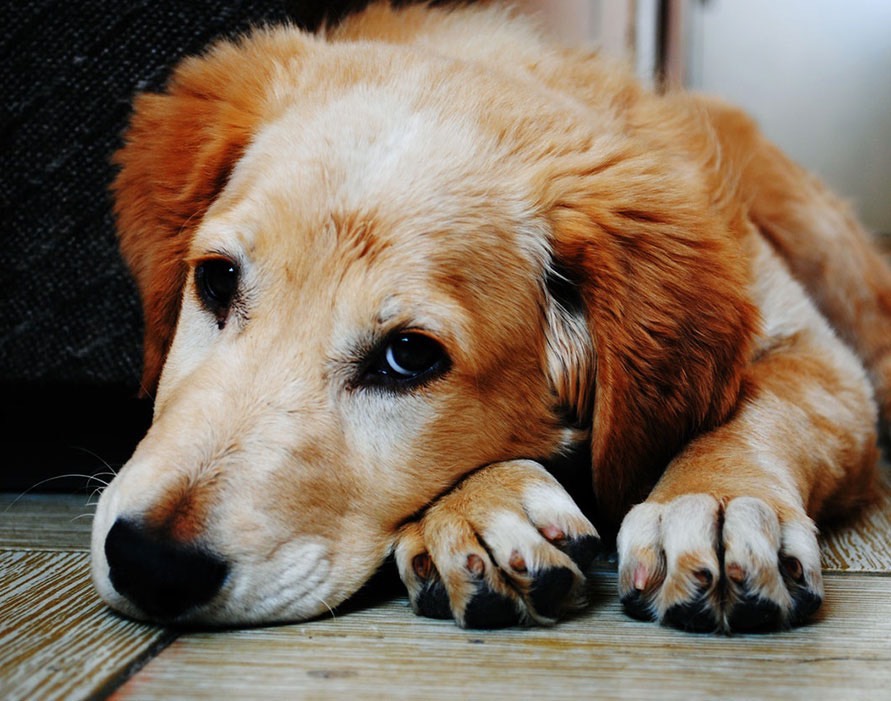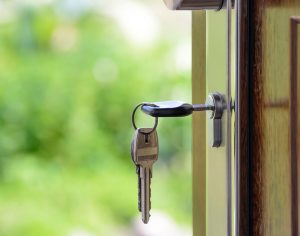Top Solutions For Popular HOA Pet Problems
Homeowner associations (HOAs) offer many benefits to their members. Communal amenities, increased safety, and a strong sense of community are some of the most significant. However, when individuals choose to live in an association community, they agree to follow set guidelines. One area that many associations struggle with is managing pet problems and complaints among members.
Many pet owners consider their four-legged animals to be additional family members. Trying to enforce HOA regulations can often result in an emotional response from the owner.
4 Common Pet Problems in HOAs
There are four common types of pet problems HOAs should expect and prepare for to maintain a positive community for all members.
Dog waste.
Regulations requiring pet owners to clean up their dog’s waste are standard in most municipalities and HOAs. It is critical because dog waste can spread disease and attract unwanted pests, including wildlife and insects. In addition, The Clean Water Protection Act identifies animal waste as a violation, which puts all members at risk of a fine.
Boards can make it easy for owners to clean up after their animals by installing pet waste disposal stations around the community. It also helps to install signs or posters around common areas that remind members what is expected of them and the potential fines they can face for disobeying the rules.
Dog barking during quiet hours.
Expecting a dog not to bark is unreasonable, but having neighborhood dogs barking at all hours of the night is a nuisance. Many HOAs outline what defines a nuisance in their governing documents.
It is recommended that the board require any complaints about pet nuisances, including barking and damage to their property in writing. The board should review their complaints before sending them to pet owners as a formal complaint. Repeat violators should be required to attend a meeting to discuss possible solutions and repercussions if the owner is unable to fix the problem.
Members breaking pet guidelines.
Whether it is the specific breed types or number of animals allowed, homeowners associations often have specific guidelines in place for members to follow. Some homeowners may try to sneak around the rules to keep a forbidden breed or hide additional animals in their house.
Associations should take the time to explain expectations and the reasoning behind them, including safety concerns adhering to fire codes. Some associations have found success with pet registrations that require photos, proof of vaccinations, and emergency contact information when they first move into the neighborhood.
Dogs are left to roam.
Free-roaming dogs should only be allowed in designated dog park areas. When owners have their dogs in other common areas, they should be on a leash. Even the friendliest dogs are unpredictable, and one loud noise could cause an unexpected reaction.
Post signs and send out information on the importance of keeping dogs on a leash in the community.
For additional HOA community management solutions, contact AR Management Company. We can help with financial management, property maintenance, and communications!




